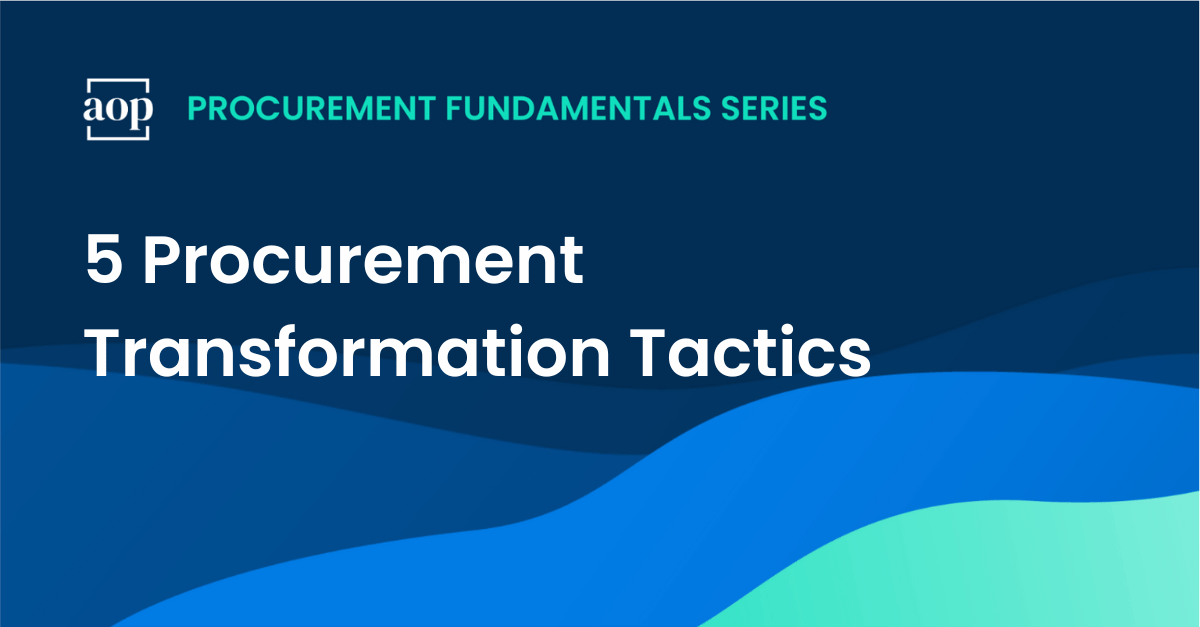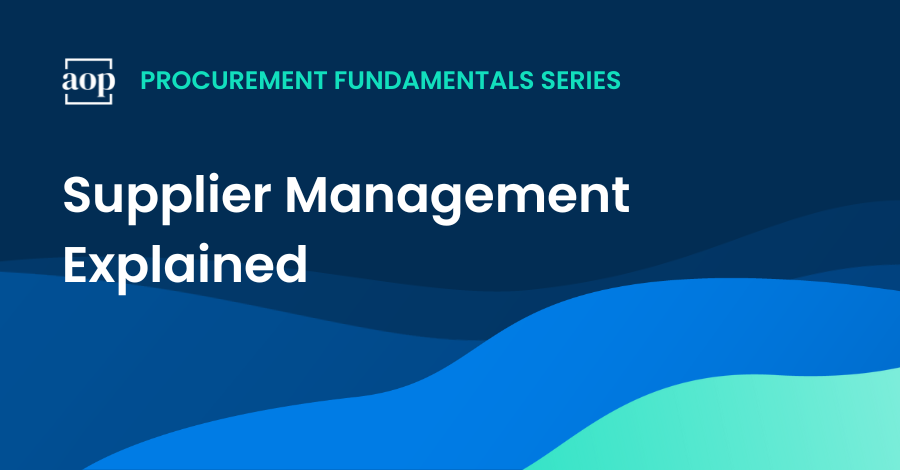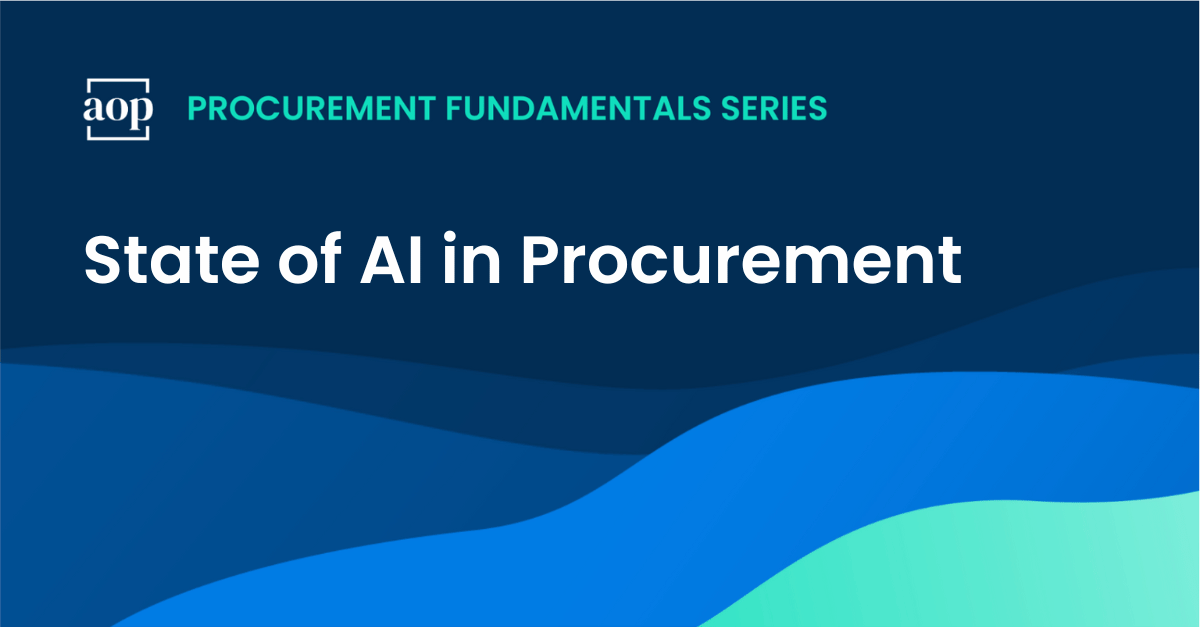5 min read
Why Procurement Needs Intake Management Software – And How to Choose the Right One
Philip Ideson : February 21, 2025
.png)
Does your organization struggle with one of these issues?
- Inconsistent request processes
- Approval delays
- Limited visibility into employee purchase requests
If so, it may be time to rethink intake management. Better yet, automate it.
Intake management software has changed how procurement teams capture and process purchase requests.
Also, Intake management software is changing how people see procurement, thanks to a better user experience.
Let's explore what you need to know. More importantly, let's see how you can choose the right intake management software for your needs.
The shift to automated intake management
For years, procurement has focused on optimizing sourcing, contract management, and supplier relationships—but intake was arguably overlooked.
For years, procurement focused on sourcing, contract management, and supplier relationships. But intake? That was often ignored.
Many organizations still rely on outdated methods:
- Emails for purchase requests
- Spreadsheets for tracking
- Disconnected systems that don't talk to each other
This creates delays, errors, and compliance risks. Other organizations use ERP systems built for a different era. These systems weren't designed for today's fast, collaborative procurement work.
Modern intake management software solves these problems. It brings automation, standardization, and smart decision-making to the process.
Leading intake management platforms help procurement teams:
- Guide requesters through standard forms: ensures complete, accurate submissions
- Automate approval routing: eliminates email back-and-forth with predefined rules
- Integrate with existing systems: connects P2P and ERP for seamless processing
Apply AI-driven orchestration to prioritize and categorize requests by spend risk, urgency, or business impact
Signs your intake process is broken -and how to fix it
A slow or inconsistent intake process frustrates stakeholders, burdens procurement with unnecessary administrative work, and creates compliance risks. If procurement is constantly firefighting rather than focusing on strategic initiatives, intake may be the problem.
How do you know if your intake process needs improvement? According to our webinar with Tonkean, “Signs Your Intake-to-Procure Process May Be Broken—And How to Fix It,” common red flags include:- No standard intake workflow: Stakeholders submit requests everywhere. Emails, Slack messages, spreadsheets - you name it. This makes it hard for procurement to gather important details early. It's also tough to route requests to the right teams.
Without a simple, user-friendly intake system, tracking and managing requests become nearly impossible. - Frequent approval bottlenecks: Purchase requests get stuck when there's no clear routing. They sit in inboxes for days, sometimes weeks.
This frustration leads to rushed decisions at the last minute. Trust erodes. Adoption drops. The cycle continues. - No visibility into upcoming spend: Procurement learns about purchases too late. By then, it's hard to optimize sourcing strategies. Favorable terms? Forget about it.
When requesters don't know how to engage procurement early, valuable opportunities disappear. Proactive savings vanish. Risk management suffers. - Maverick spending: Confused or busy employees bypass procurement completely. They buy on their own instead.
This creates big problems:
- Unmanaged supplier relationships
- Higher compliance risks
- Lost cost savings
Without a user-friendly intake process, procurement can't capture that spend. Even worse, they can't show their strategic value to the business.
The right intake management platform addresses these challenges by:
- Providing a single point of entry for all procurement requests. Intake software consolidates all purchasing requests into a centralized platform. Whether it’s a simple office supply purchase or a complex services contract, every request follows a structured process.
- Automating approval workflows. Instead of chasing stakeholders for approvals, procurement can set predefined rules that automatically route requests to the right people. This eliminates unnecessary delays and ensures compliance with internal policies.
- Improving visibility into procurement activity. Intake systems integrate with existing procurement and ERP systems, giving procurement teams real-time insight into incoming requests, potential savings opportunities, and policy compliance.
- Reducing rogue spend through guided intake. Intake solutions with orchestration features guide stakeholders through the correct procurement process, ensuring that purchases align with company policies and preferred supplier agreements.
Key features of a strong intake management solution
If you’re evaluating intake management software, focus on solutions that improve user experience while ensuring procurement process control.
Automated workflows and approval routing
Automation ensures that every request follows the right approval path—without manual intervention. For example, software like Zip streamlines intake-to-procure workflows by guiding users through approvals, purchase orders, and payments in a single platform.
User-friendly request submission
Intake solutions should feel intuitive for requesters, not just procurement teams. Platforms like Focal Point centralize procurement workflows through intelligent intake forms connected via API integrations, ensuring a seamless experience for all stakeholders.
AI-driven decision support
AI-powered orchestration platforms, like ORO Labs, use intelligent automation to categorize and prioritize intake requests, reducing manual review efforts for procurement teams. They provide an automated “procurement front door” that can be used to guide employees through purchasing decisions.
The future of intake management—AI, automation, and beyond
Procurement technology is evolving rapidly, and intake management is no exception. As organizations continue to digitize procurement processes, the next wave of innovation will focus on increasing efficiency, improving decision-making, and enhancing user experience through AI and automation.
AI-driven intake management
Artificial intelligence is already playing a significant role in procurement, and its impact on intake management will only grow. AI-powered platforms can:
- Automatically categorize and prioritize intake requests based on business impact and risk.
- Recommend the best procurement pathways based on historical data, supplier performance, and budget constraints.
- Flag potential compliance issues before requests are approved, reducing procurement risk.
By leveraging AI-driven insights, procurement teams can focus on strategic activities rather than manual request processing.
Predictive analytics for smarter procurement decisions
Intake management software will become more proactive, using predictive analytics to help procurement leaders anticipate needs before requests are even submitted.
- Procurement teams will be able to forecast demand based on historical request patterns.
- Organizations can proactively identify potential supplier shortages or cost fluctuations.
- Stakeholders will receive smart recommendations, improving decision-making at the intake stage.
Seamless integration with enterprise systems
Future intake solutions will further integrate with enterprise resource planning (ERP), contract lifecycle management (CLM), and supplier relationship management (SRM) systems.
- Automated data syncing can eliminate duplicate entries and ensure procurement has a real-time view of business needs.
- Stakeholders will be able to initiate and track procurement requests directly from their existing workflows (e.g., within collaboration tools like Slack or Microsoft Teams).
Consumer-like user experience and adoption
One of the biggest barriers to effective intake management has been user adoption. If intake solutions are difficult to use, stakeholders will bypass procurement processes, leading to persistent or increased maverick spending.
- Many of today’s top intake management systems provide a consumer-like, intuitive user interface and guided workflows to make intake seamless for employees.
- Self-service capabilities allow stakeholders to track request status and approvals without procurement involvement.
- Voice-activated and chatbot-powered intake requests can simplify the process for non-technical users.
Bottom line on intake management software
Intake management should not be seen as an administrative function—it’s a critical driver of procurement efficiency, compliance, and strategic impact. By investing in the right intake management software, your team can can:
✔ Eliminate process bottlenecks and reduce approval delays.
✔ Improve compliance and reduce maverick spend.
✔ Enhance visibility into upcoming procurement activity.
✔ Free up time for more strategic initiatives.
Solutions like Tonkean, Focal Point, ORO Labs, and Zip offer procurement leaders powerful tools to modernize their intake processes. But more importantly, they empower procurement to work more seamlessly with the business—enhancing procurement’s reputation as a trusted advisor rather than just a gatekeeper.
If you’re ready to take the next step in optimizing procurement intake, explore the Art of Procurement Intake Management Technology Insights Hub for more in-depth insights and software evaluations.
Frequently asked questions about intake management software
What is intake management?
Intake management is the process of capturing, evaluating, and approving purchase requests before they move into sourcing, purchasing, or contract negotiation. It is the first step in the procure-to-pay (P2P) process and a critical touchpoint between procurement and internal stakeholders.
A structured intake process ensures that:
- All purchase requests follow company policies and abide by budget constraints.
- Requests are routed to the right approvers automatically, reducing manual effort.
- Procurement has visibility into upcoming spend before commitments are made.
When the intake process is well-managed, procurement processes flow and internal stakeholders stay happy. But without a clear intake process, organizations face fragmented approvals, compliance risks, and unnecessary delays.
Why does intake management matter?
When a stakeholder in your organization needs to make a purchase, where do they start? If the answer varies by team, department, or region—or worse, involves multiple emails, spreadsheets, and disconnected approvals—you have an intake problem.
Without a structured intake process, procurement teams can face inefficiencies, rogue spending, and frustrated internal stakeholders. Many organizations still rely on outdated, manual workflows that slow down approvals and create unnecessary back-and-forth communication. This disorganized and opaque approval process doesn’t help procurement’s internal reputation.
For procurement leaders, modern intake management solutions offer a path forward. By digitizing intake requests, streamlining approvals, and integrating with procurement and ERP systems, these platforms help procurement improve compliance, spend visibility, and overall efficiency.
What is intake software?
Intake software automates how organizations collect, track, and manage requests or data submissions. It replaces manual forms or email-based processes with structured digital workflows, often using forms, routing rules, and dashboards to streamline intake across departments like legal, HR, or IT.






